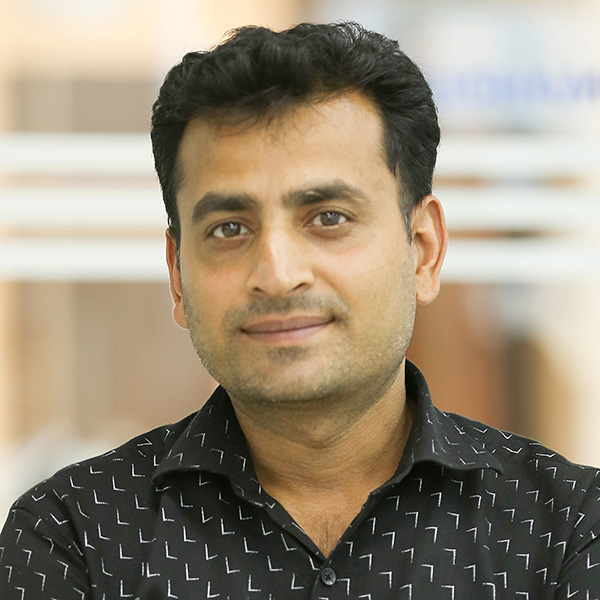National
Medics shocked by bullet wounds of Gen Z protesters
Doctors call Monday’s carnage a man-made disaster that could have been prevented, unlike an earthquake or the Covid pandemic.
Arjun Poudel
Doctors and nurses at the National Trauma Centre had expected some participants of the Gen Z protest to come to them with baton-inflicted wounds and had prepared accordingly.
But, on the fateful day of September 8, when ambulances began arriving one after another carrying critically injured college students, they were shocked.
“Protesters were shot in their head, chest and abdomen,” said Dr Badri Rijal, medical superintendent of the centre. “Some were unconscious on arrival, while others were writhing in pain.”
At least 72 people, including police and inmates, died and over 1,700 were injured in the two days of Gen Z protests across the country that also left government offices and hundreds of private residences and businesses badly damaged.
Doctors say some of the injured regained consciousness while undergoing cardiopulmonary resuscitation (CPR), while others collapsed. Multiple doctors at the trauma centre told the Post that police used excessive force against the protesters, something they had not imagined could happen in Nepal.
“How could our government be so brutal towards students who were in school and college uniforms?” questioned Dr Sabin Pokhrel. “There were rubber and live bullets lodged in their head, chest, abdomen and other body parts. We could not extract all of the bullets.”
Out of the 163 injured patients taken to the centre for treatment, eight succumbed to their injuries.
As the number of injured started to rise, the hospital activated its disaster response mechanism. All doctors, nurses, paramedics and other hospital staff joined the effort. Some doctors were called in from the adjoining Bir Hospital. Injured patients were even placed on mattresses laid out on the floor.
The centre immediately halted scheduled non-emergency surgeries and started operating on the critically wounded protesters. Three operation theatres were run simultaneously.
“I don’t have words to describe the carnage,” said Dr Dipendra Pandey, a senior orthopaedic surgeon at the hospital. “Like other doctors and nurses, I too could not eat or sleep that night. I literally came out of the room and cried.”
Doctors, like everyone else, were emotionally shaken by Monday’s incident. Some broke down in tears. One even came out onto the road and chanted slogans against the use of brute force on unarmed students.
Multiple doctors told the Post that their long experience of handling trauma cases helped them manage the overwhelming number of patients. The hospital also conducts drills and simulations every year. But officials admitted no simulation had prepared them for last week’s disaster.
A big crowd of relatives and family members had gathered on the hospital premises, and they had to be driven out with the help of municipal police. The hospital gate was closed, and doctors and most health workers served voluntarily for 24 hours on the day of the disaster.
“We responded to the 2015 mega earthquake, we handled the Covid pandemic, but we had never seen such a huge number of patients arriving at once, as we did last week,” said Pandey. “We have a blood bank in our hospital, but it was not enough to manage patients in such overwhelming numbers.”
Most doctors said that the earthquake and the Covid pandemic were natural disasters, which were beyond human control. But Monday’s mayhem, they stressed, could have been averted.
“Excessive use of force cannot be justified under any circumstances,” said Pokhrel. “And a government that does so cannot represent the people.”




 10.12°C Kathmandu
10.12°C Kathmandu













%20(1).jpg&w=300&height=200)

